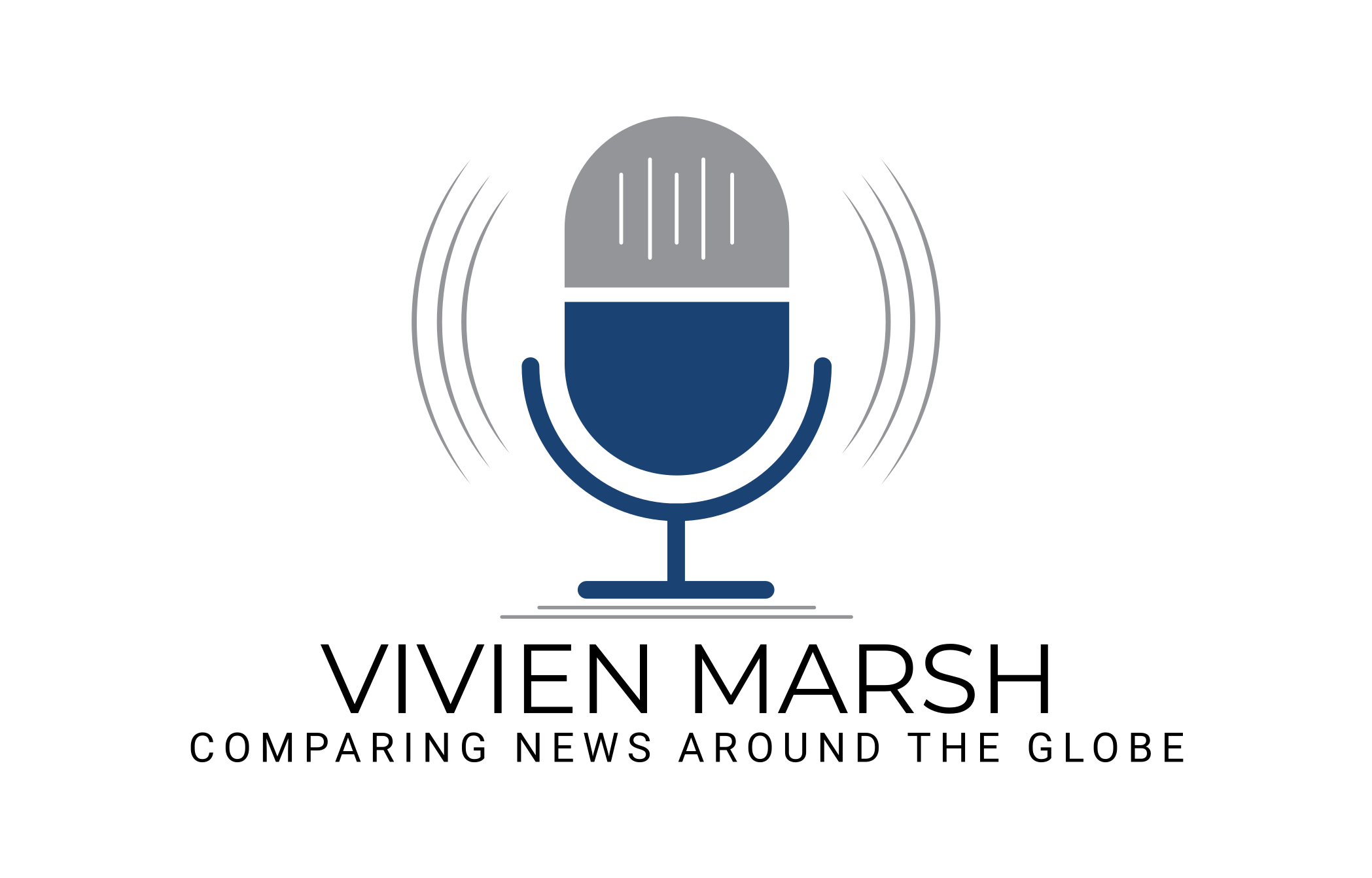Let me explain the concept of cross-editing. It’s a method for comparing the news output of two organisations – by getting journalists from those organisations to analyse one another’s work.
Imagine a journalist with a pile of printed-out scripts or stories from News Organisation A on one side of the table, and a similar journalist with scripts from News Organisation B on the other. (Obviously this is all done digitally, but it’s best expressed through the ‘table’ scenario.) They each push the scripts across the table, and take away the scripts they receive. They look through them and – in effect – re-edit them with the aim of making them acceptable for their own output. How much do they change? Do they bin any news stories altogether – and, if so, why? Do they fiddle about with terminology because what’s written doesn’t sound right to them? Is this because of their style guide, or just some innate feeling that it’s wrong?
When the journos have finished trashing one another’s work… enter the academic, who can then analyse what has happened and why.
Cross-editing is a method I devised. I first presented it to academic staff and students at the University of Westminster in 2014, and elaborated on it three years later at a ‘spring school’ for PhD students in Perugia led by comparative media luminaries such as Paolo Mancini and Frank Esser. In 2021, it became a journal article. I would have loved to have written my entire PhD on the subject, but the way PhDs are coaxed through the system in the UK militated against this. (It wasn’t until late 2016 that I knew I had enough material and participants to make it work, by which time my research question for the PhD was locked down. Of course, I’d chosen some of the most difficult participants to reach, but that’s another story.)
If you don’t have access to the Journalism Studies article but you’re interested in using cross-editing as a research method, please let me know.
